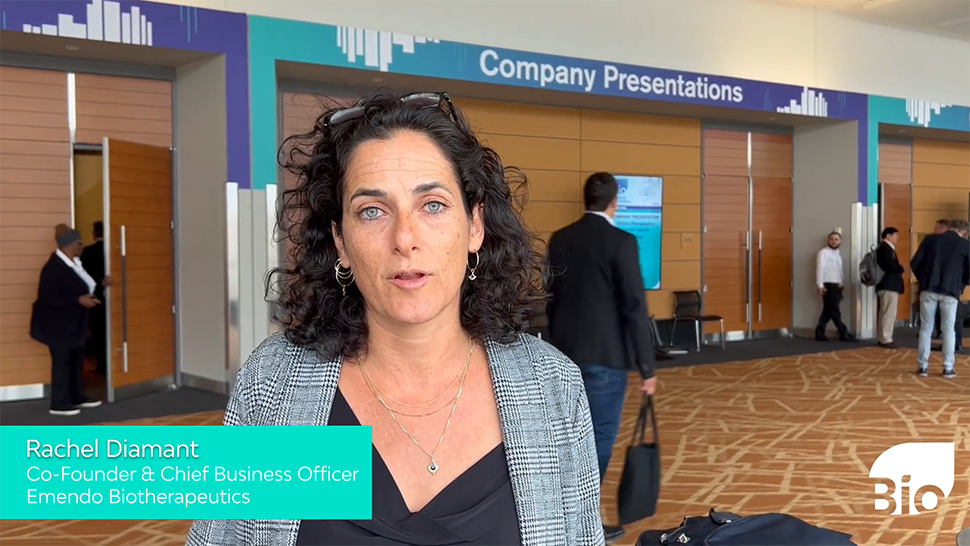By editing a piece of a gene to achieve results faster than we could with traditional cross breeding, scientists produced tomatoes with high vitamin D content, offering a solution to an important gap in our nutrition, according to reports.
“Most foods contain little vitamin D and plants are very poor sources,” said a description of the work, published this week in Nature Plants. “Approximately one billion people worldwide suffer from vitamin D insufficiency,” which is “associated with increased risk of micronutrient deficiencies, cancer, Parkinson’s disease, depression, neurocognitive decline, dementia, and the severity of coronavirus.”
Tomatoes naturally produce provitamin D3, which is a precursor to vitamin D—but an enzyme in the tomato converts it to cholesterol. By editing “a very small fragment of a part of this gene,” scientists turned off production of the enzyme, head researcher Jie Li explained to New Scientist.
The scientists used the CRISPR-Cas9 gene editing technique to develop a tomato that has a vitamin D content “equivalent to that in two medium-sized eggs or 28 g of tuna, which are both recommended dietary sources of vitamin D,” according to the publication in Nature Plants.
This change could have occurred with traditional breeding techniques—but “would have taken 10 years to achieve the same result,” researcher Cathie Martin told New Scientist.




